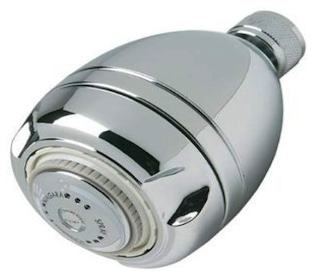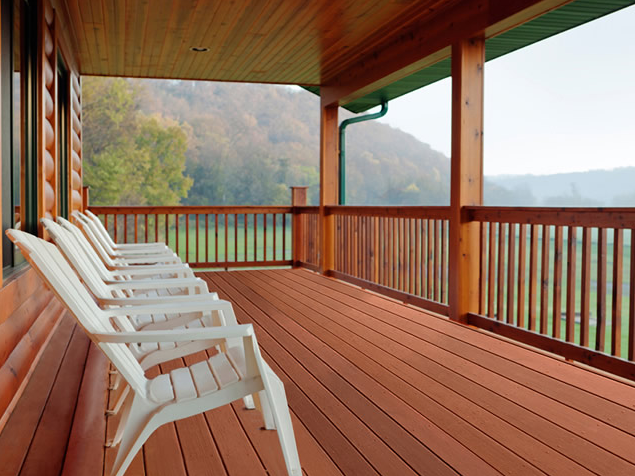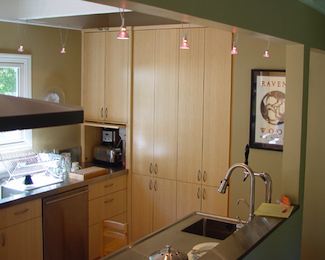Green Kitchen Cabinets
Kitchens and bathrooms have two things in common: cabinets and countertops. Many of the materials used in traditional counters and cabinets are not sourced sustainably, and can contain many toxic substances. Doing the right thing and investing in greener alternatives will shrink your home's environmental footprint, and provide better indoor air quality.
Whether you're designing an all-new green home, or 'greening' up an existing kitchen or bath, there are several steps you need to take to ensure you're getting the most out of the available green products that are available. Let's first take a look at 'green' cabinets:
Cabinets
Once you're figured out what style and size cabinets you want, it's time to 'go green' and search for ecologically-sound options. Nothing that's manufactured is 100% green, and that holds true for cabinets, but there are some questions to ask when seeking the best products.
For a remodel, is there any way to reuse or re-purpose the existing cabinets instead of buying all-new ones? If the existing cabinets are in good shape, you may be able to spruce them up with new paint or stain, or just replace the cabinet facings.- How long will the new cabinets last? The more durable, the longer they'll last, reducing waste down the road.
- Speaking of waste, can the old cabinets be donated or recycled? Keeping old cabinets out of the landfill should be a priority. Do a quick search online for 'recycling cabinets' or 'donating cabinets' to see what's available in your area.
- Are the new cabinets made from recycled materials, or materials that are sustainably sourced?
- Are the new cabinets finished with low- or no-VOC paint or finish?
- How much energy did it take to produce and transport the new cabinets to your home?
-
Can these new cabinets be easily recycled, reused, or re-purposed at the end of their lifecycle?
Cabinets and Indoor Air Quality
Most cabinets are made with particleboard, which uses formaldehyde as a binding agent. This urea formaldehyde (UF) will outgas as the cabinet ages, releasing volatile organic compounds (VOCs). The paint or stain used on cabinets can also contain VOCs.
The 'new cabinet' smell may be attractive, but it really is a sign of dangerous chemicals in your air. This off-gassing can last for years, and can lead to short- and long-term health issues, from headaches and nausea to liver damage and cancer.
To avoid these issues, choose cabinets that are less-toxic. Products are available that are made from wheat straw panels, which use a non-toxic resin and reduce the need for wood products by substituting an agricultural waste product.
There are also alternatives to traditional particleboard. Look for particleboard products made without UF. These reduce or eliminate harmful VOC gas emissions.
Finally, finish cabinets with low- or no-VOC paints and finishes. For more information, see our article here .
Sustainable Wood Cabinets
Many wood products are sourced in forests that are managed unsustainably. This leads to deforestation, habitat loss, water pollution, and climate change. Here are a few ways to reduce the impact of your wood cabinets:
FSC-Certified Wood: The Forest Stewardship Council is a third-party certification organization. Wood certified as FSC-approved is sustainably harvested. Wood that isn't FSC-approved may come from old-growth forests, tropic rain forests, or unsustainable tree farms.
Real Wood Veneer: Most cabinet faces are solid wood; consider using a wood veneer instead. The veneer is real wood, but is thinner and uses much less wood than solid cabinet facings. The cabinet looks the same, only with a smaller environmental footprint.
Non-Wood Products: Avoid the environmental impacts of wood altogether by choosing products made with alternative materials. Bamboo, a fast-growing grass that is rapidly renewing, is a popular choice in green cabinets. It's beautiful, and as durable as hard wood.
Reused or Reclaimed Cabinets: As mentioned earlier, reusing existing cabinets is the best way to reduce the environmental impact of your home. Using salvaged cabinets or wood can create a unique look to any home, and add a bit of adventure to your decorating as you seek out these 'pre-loved' materials.
Next, let's look at perhaps the most-abused part of any kitchen or bathroom, the countertop. Click HERE.
comments powered by Disqus







































































































































